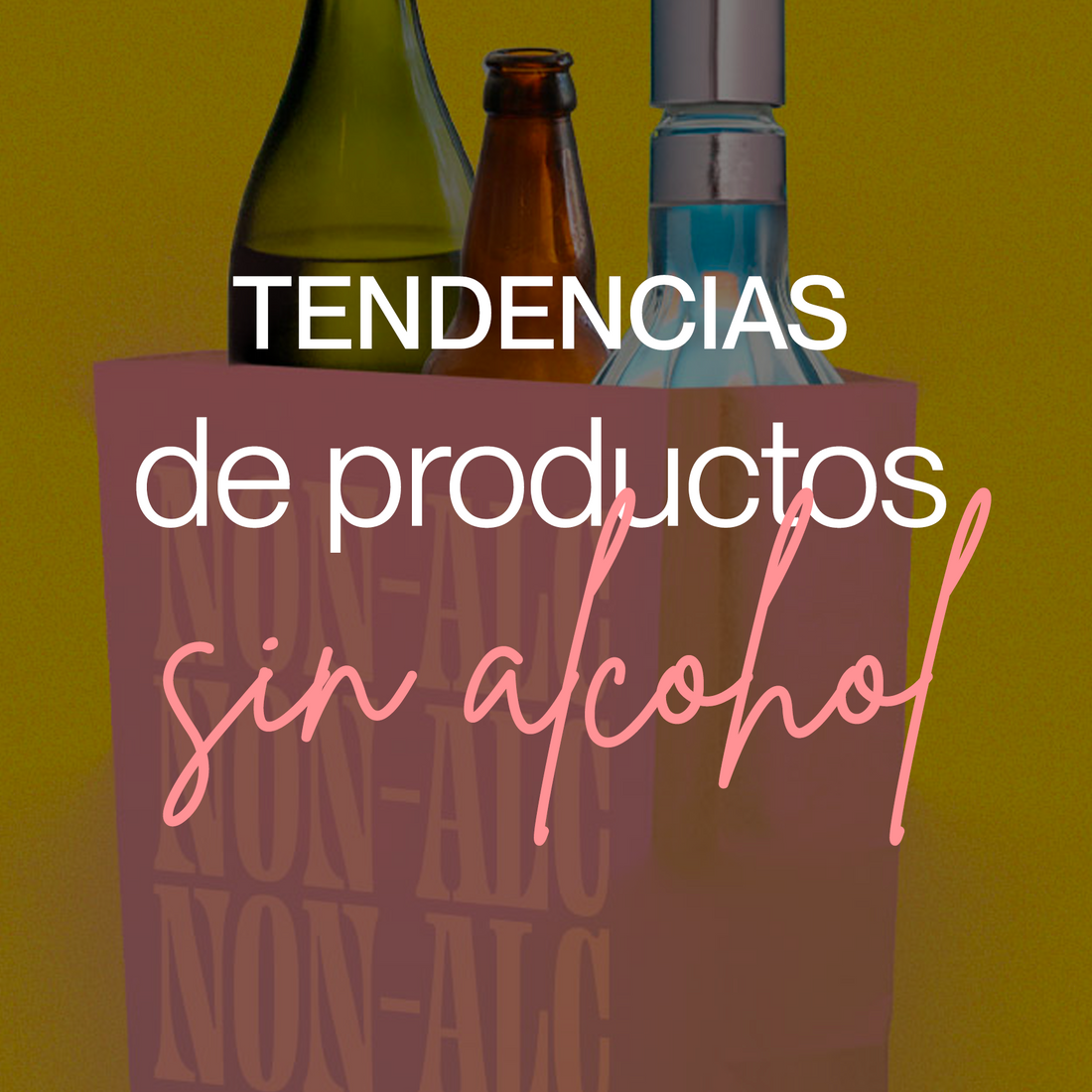
Trends in non-alcoholic products in the world part 1
For some years now, the alcohol-free world seems to be taking on a life of its own and ceasing to be in the shadow of alcoholic beverages, as if it were its little bastard brother. This trend is gaining momentum for several reasons. Previously, consumers who avoided alcoholic beverages traditionally included pregnant women or people in addiction recovery. However, today, the spectrum of those who choose to abstain from alcohol is much broader. From those who, for health and treatment reasons, cannot ingest it to people who, for personal well-being, decide not to include it in their lives. Additionally, there are those who choose not to consume alcohol for mental health reasons, to maintain clarity of thought and reduce anxiety, as well as athletes who understand the negative impact of alcohol on their physical performance. There are also those who have experienced emotional and relationship consequences due to alcohol consumption and prefer to avoid it, without necessarily considering themselves addicts. In addition, there are those who, for religious reasons or personal beliefs, choose not to consume alcohol. We cannot ignore Generation Z, which, for the most part, is avoiding alcohol consumption, aged between 18 and 24 years.
With this wide variety of motivations, brands and companies emerge that seek to satisfy the needs of this new generation of consumers. Mainly, we find brands in five categories that are making extremely interesting proposals: dealcoholization of wines and beers, proxies or alternatives to wine that do not come from grapes, herbal distillates, alternatives for cocktails (mixtures of ingredients to replicate flavors) and functional products that They include specific ingredients to achieve certain objectives.
I would like to share some trends of these products so that you can also learn a little more about how we select the products we offer at Sober Bar Club .
Dealcoholized Products
This category is the best known and oldest of all. The process of removing alcohol from a product has been around for a long time and is primarily applied in the world of wine and beer. This process can be carried out by various methods, the most common being aspiration or vacuum distillation. Once the liquid is produced conventionally (whether wine or beer), it goes through a process that quickly extracts the alcohol in a device designed for this purpose. This alcohol removal process takes time and extracts the alcohol in several stages, resulting in a loss of product volume. Once alcohol levels reach almost 100% removal, the dealcoholized liquid is used to package or create a new product, which is offset by other ingredients.
In the case of wine, alcohol contributes significantly to its character and sensory perception. By removing the alcohol, many of these characteristics are lost, which can make the wine tasteless, vinegary, or basic. Some brands choose to leave 0.5% alcohol to preserve certain qualities of the original wine, without affecting a person's sobriety. Other brands decide to add must to the dealcoholized wine, which is the first grape extract that contains its properties, such as flavor, astringency, body and even sugars, giving the dealcoholized wine its flavor back.
In the case of beer, most breweries that produce non-alcoholic beer remove the alcohol to 0.5% or 0.0% and bottle directly. Unlike wine, beer retains its flavor and body qualities even without alcohol, since its flavors usually come from yeasts and other ingredients.
Most brands on the market produce non-alcoholic wine and beer through vacuum distillation. Other methods include increasing the temperature to evaporate the alcohol, but this method can negatively affect the flavor and is generally used only to extract alcohol in cooking. Reverse osmosis also exists, but it is a much more expensive process. By understanding how alcohol is removed from our favorite drinks, we can understand why drink prices vary so much. Wine loses almost 30% of its volume during the extraction of alcohol, which must be replaced by raw material to recover its initial volume, which makes the price of wine without alcohol almost as high as that of wine with alcohol. (whose price is high due to the taxes you pay). In the case of beer, the process is much cheaper, which is reflected in its prices. In both cases, the energy cost for the alcohol removal process influences the final cost of the product.
See boxes of Wines without alcohol
See boxes of non-alcoholic beer
Proxies and Alternatives
Proxies and alternatives to wines and beers are options that, by mixing different ingredients, offer combinations that can be used as an alternative when consuming wine or beer, and in some cases, spirits. We will talk more about alternatives to spirits later, as they present specific characteristics and challenges.
Proxies refer to versions that resemble a drink that has its own characteristics. Currently, we find proxies mainly in the world of wine, some spirits and some ready-to-drink beverages (RTD). These combinations seek to provide the consumer with a tasty product that works as a direct alternative to a drink such as wine or liquor, but without alcohol. Many of the existing brands on the proxy market have been created by food scientists, chefs and other flavor experts, based primarily on experience.
For example, Töst, an American brand, has created an alternative to white or rosé wine through a sparkling tea. This white tea, combined with ginger in both presentations and with white cranberry for its original version or elderberry for its pink version, achieves an experience similar to a sparkling wine in the mouth.